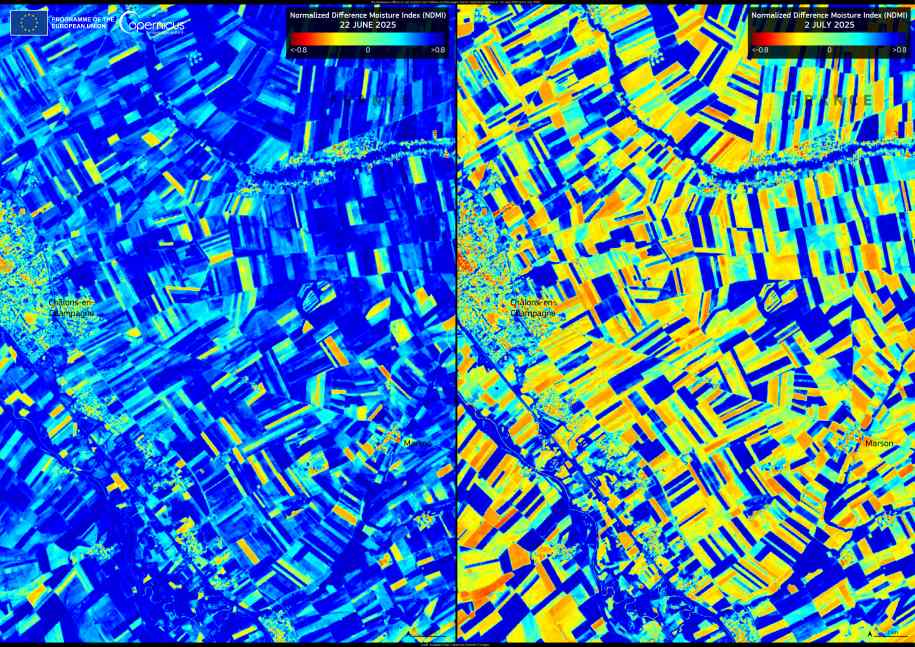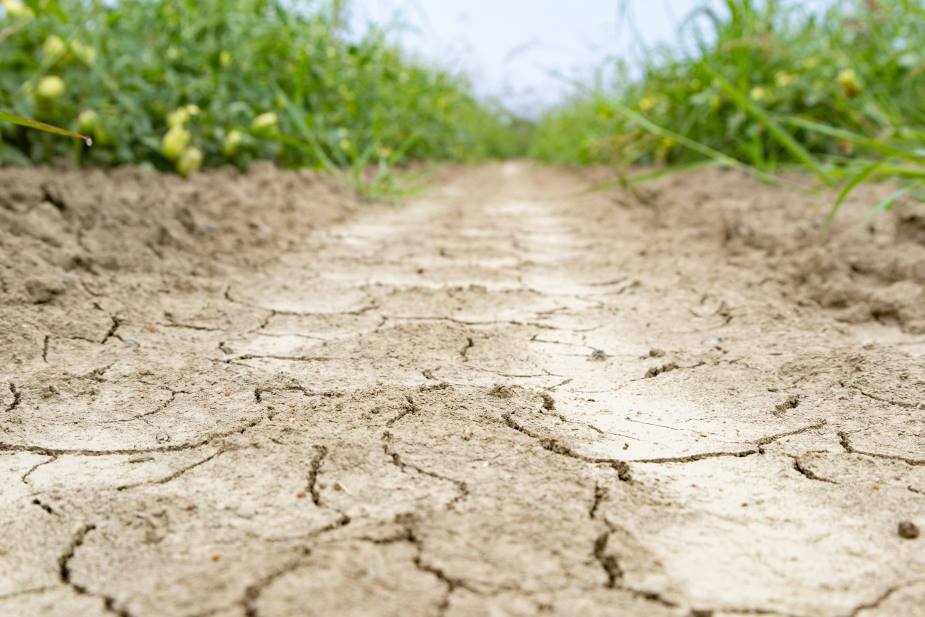Paris, France | AFP
Europe and the Mediterranean basin has been hit by a long-lasting drought covering over 45 percent of the region since mid-March, according to AFP analysis of European Drought Observatory (EDO) data made available on Tuesday.
It is the first time since data collection began in 2012 that such an extensive part of the region has been hit by a drought for more than three consecutive months, heightening the risk of wildfires.
A series of fires broke out in Turkey and Greece at the start of the summer, where on average 72 percent and 56 percent of soils have been dry since mid-March.
Greek firefighters said on Saturday that they remained on high alert because of the high temperatures and strong winds blowing throughout the country.

The Drought Observatory Indicator determined by the EU’s Copernicus Climate Change Service uses satellite imagery to measure three parameters: precipitation, or rainfall, soil moisture and the state of vegetation.
Findings are then categorised into one of three levels of drought: watch, warning and alert — the last level signalling that vegetation is developing abnormally.
The EDO data — up to June 20 — shows that drought in the region has worsened. Since the start of June, seven percent of soils have been on alert, twice as much as in mid-March.
Eastern European countries are the most concerned. Record highs for this time of year were registered in Ukraine and Belarus, where respectively 31 percent and 25 percent of land is on alert.
To the west, the United Kingdom has been hit by a large drought drying up over 70 percent of its land since the end of March.
England, in particular, experienced its “driest spring in more than 100 years”, the official weather service said.
Further south, Spain and Portugal have been mostly spared from alarming levels of dryness, with respectively four percent and less than one percent of lands on alert from June 11-20.
This is a lot less than usual at this time of year: between 2012 and 2024, on average 32 percent of Spain and 27 percent of Portugal were on alert.
Both countries experienced heavy rainfall at the start of spring, including the deadly floods in the Spanish region of Valencia.
French weather service Meteo France warned that “unusually dry vegetation in July” could “fuel wildfire outbreaks”, with the first major fires of the summer breaking out in France over the weekend.
nlc/vr/lmc/aud/bc
© Agence France-Presse
Article Source:
Press Release/Material by AFP
Featured image credit: Being Organic in EU | Unsplash




